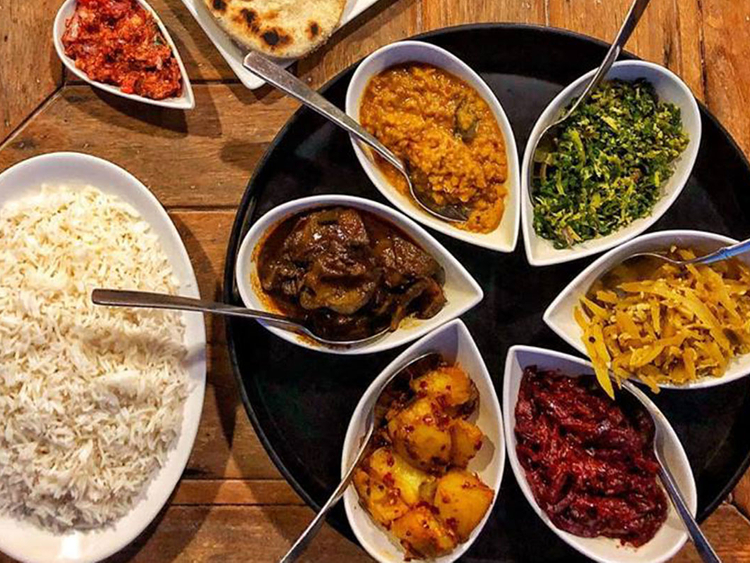Introduction: Sri Lankan Festivals and Celebrations
Sri Lanka is a land of festivals and celebrations throughout the year. These festivals are celebrated with great enthusiasm and fervor. They are an essential part of Sri Lankan culture, reflecting the country’s rich and diverse history and traditions. Sri Lankan festivals are usually religious, cultural, or national events, and food plays an important role in these festivities.
Significance of Food in Sri Lankan Culture
Food is an integral part of Sri Lankan culture, and it is deeply intertwined with the country’s festivals and celebrations. Sri Lankan cuisine is known for its rich flavors and spices, and traditional dishes are often made with unique local ingredients and techniques. Food not only serves as a means of sustenance but also as a way of bonding and sharing in Sri Lankan culture. It is common for families and friends to come together and prepare meals for festivals and celebrations, creating a sense of community and togetherness.
Traditional Dishes for Sri Lankan Festivals
Traditional Sri Lankan festivals such as Sinhala and Tamil New Year, Vesak, and Poson have unique dishes associated with them. For example, during Sinhala and Tamil New Year, families prepare a variety of sweet and savory dishes such as kiribath (milk rice), kavum (oil cakes), kokis (crispy fried batter), and aluwa (sweetmeat) to symbolize prosperity and good fortune. Similarly, Vesak and Poson festivals are celebrated with vegetarian dishes such as kiribath with lunu miris (spicy onion sambol), as well as traditional sweetmeats.
New Year Celebrations and Delicacies
Sinhala and Tamil New Year is the most significant festival in Sri Lanka, celebrated in April. It marks the beginning of a new year according to the traditional Sinhala and Tamil calendars. Among the many delicacies prepared for this festival, the most popular are kiri bath (milk rice), kokis, and asmi (sweetmeat made with rice flour and treacle). These dishes have a symbolic significance and are considered auspicious.
Special Dishes for Religious Festivals
Religious festivals such as Poson, Vesak, and Deepavali have special dishes associated with them. For example, during Vesak, which commemorates the birth, enlightenment, and death of Lord Buddha, Sri Lankan Buddhists prepare a variety of vegetarian dishes such as kiribath, as well as traditional sweetmeats. On the other hand, during Deepavali, which is celebrated by Hindus in Sri Lanka, special sweets such as ladoo and halwa are prepared.
Festive Sweets and Treats in Sri Lanka
Sri Lankan festivals are incomplete without sweetmeats and desserts. These delicacies are prepared in various shapes, sizes, and flavors, and are often shared with friends and family. Some of the popular sweetmeats include kavum, kokis, aluwa, and dodol, while desserts such as wattalappam (coconut custard pudding) and kiribath with jaggery (treacle) are commonly served. These sweets and treats add to the festive spirit in Sri Lanka, and are an essential part of the country’s rich culinary heritage.
In conclusion, Sri Lankan festivals and celebrations are incomplete without traditional dishes and sweetmeats. These delicacies hold great symbolic significance and are an integral part of the country’s culture and traditions. They not only serve as a means of sustenance but also as a way of bonding and sharing, creating a sense of community and togetherness.

